Sid Perkins
Sid Perkins is a freelance science writer based in Crossville, Tenn.

Trustworthy journalism comes at a price.
Scientists and journalists share a core belief in questioning, observing and verifying to reach the truth. Science News reports on crucial research and discovery across science disciplines. We need your financial support to make it happen – every contribution makes a difference.
All Stories by Sid Perkins
-
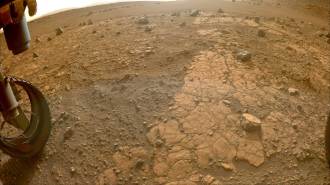 Planetary Science
Planetary ScienceNASA’s Perseverance rover captured the sound of a dust devil on Mars
A whirlwind swept over Perseverance while its microphone was on, capturing the sound of dust grains hitting the mic or the NASA rover’s chassis.
-
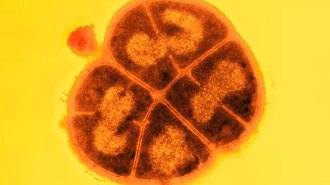 Microbes
MicrobesAncient bacteria could persist beneath Mars’ surface
Radiation-tolerant microbes might be able to survive beneath Mars’ surface for hundreds of millions of years, a new study suggests.
-
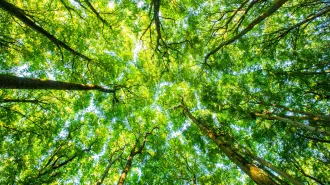 Plants
PlantsThe worldwide water-lifting power of plants is enormous
The energy used per year by the world’s plants to lift sap rivals the amount of energy generated by all hydroelectric dams, a new study suggests.
-
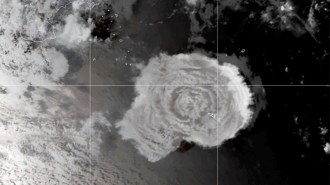 Earth
EarthThe Tonga eruption may have spawned a tsunami as tall as the Statue of Liberty
A massive undersea volcanic eruption in the South Pacific in January created a tsunami that was initially 90 meters tall, computer simulations suggest.
-
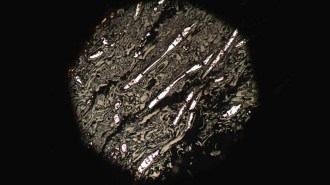 Environment
EnvironmentEarth’s oldest known wildfires raged 430 million years ago
430-million-year-old fossilized charcoal suggests atmospheric oxygen levels of at least 16 percent, the amount needed for fire to take hold and spread.
-
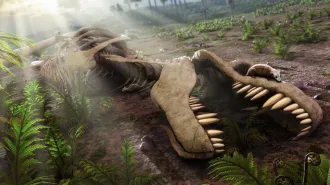 Life
Life‘The Last Days of the Dinosaurs’ tells a tale of destruction and recovery
A new book takes readers back in time to see how an asteroid strike and the dinosaur extinction shaped life on Earth.
-
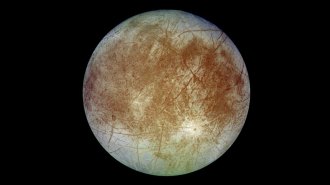 Planetary Science
Planetary ScienceEuropa may have much more shallow liquid water than scientists thought
Mysterious pairs of ridges scar Jupiter’s moon Europa. Analyzing a similar set in Greenland suggests shallow water is behind the features’ formation.
-
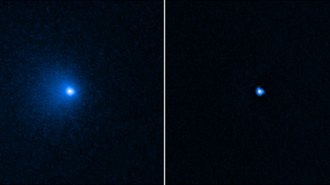 Planetary Science
Planetary ScienceThis is the biggest known comet in our solar system
The nucleus of comet Bernardinelli-Bernstein is about 120 kilometers across — about twice the width of Rhode Island — and is darker than coal.
-
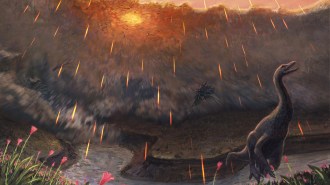 Paleontology
PaleontologyThe Age of Dinosaurs may have ended in springtime
Fossilized fish bones suggest that the massive asteroid strike at the end of the Cretaceous Period occurred during the Northern Hemisphere’s spring.
-
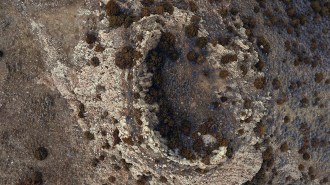 Planetary Science
Planetary ScienceAn ancient impact on Earth led to a cascade of cratering
For the first time, scientists have discovered clusters of craters on Earth that were formed by the impacts of material thrown out of a larger crater.
-
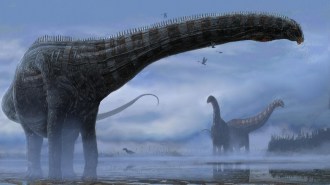 Paleontology
PaleontologyFossils reveal what may be the oldest known case of the dino sniffles
A respiratory infection that spread to air sacs in the vertebrae of a 150-million-year-old sauropod likely led to now-fossilized bone lesions.
-
 Astronomy
AstronomyAstronomers identified a second possible exomoon
Kepler 1708 b i, a newly discovered candidate for an exoplanet moon, has a radius about 2.6 times that of Earth, a new study suggests.